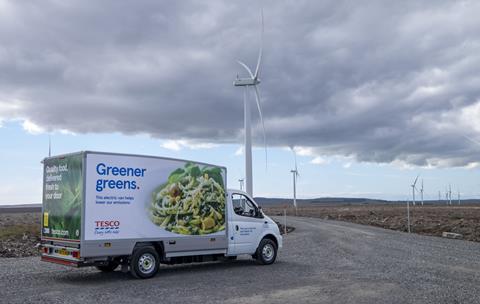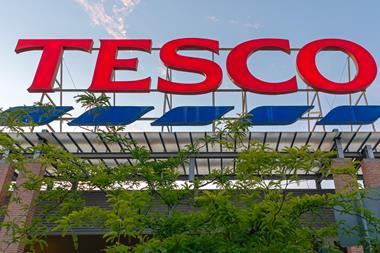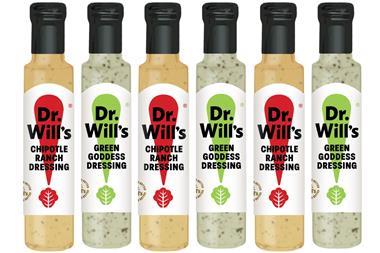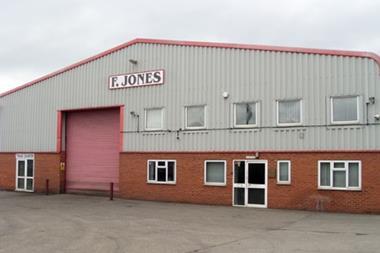
Tesco has had its net zero targets validated by the Science Based Targets initiative (SBTi).
Britain’s biggest supermarket has set the interim target of reaching net zero across its operations by 2050, but laid out some more detailed climate commitments this week. These included some new specific targets about how it intends to cut emissions that come indirectly from its wider supply chain, known as Scope 3.
Under the more detailed Scope 3 targets, Tesco aims to reduce greenhouse emissions from energy and industrial sources across its supply chain by 55%, by 2032. Tesco also aims to cut its FLAG emissions – which relate to the use of forests, land and agriculture within its supply chain – by 39% by the same deadline. Both targets are based on a 2019 baseline.
These are in addition to interim targets to cut its Scope 1 and 2 emissions from its own operations by 85% by 2030 based on a 2015 benchmark.
SBTi is a global collaboration between organisations including the United Nations, the World Resources Institute and conservation body the World Wide Fund for Nature. It assesses organisations’ climate targets and sets best practice guidelines on how to set targets based on science.
The body has reviewed and validated Tesco’s carbon redution strategy. Although legally non-binding, the validation means the body realistically believes that if it remains on track, Tesco can reach its target of being net zero across its entire operations by 2050, in line with the target set by the 2015 Paris Climate Accords of limiting global temperature rise by 1.5°C.
The inclusion of FLAG emissions targets meant Tesco had become one of the first businesses in the world to have targets validated on all greenhouse gas emissions, the supermarket said.
“With the effects of climate change now upon us, we’re absolutely committed to achieving our target of net zero by 2050,” said Tesco CEO Ken Murphy.
“It will require us to transform the way we run our business, from how we produce our products in partnership with our suppliers, how we run our stores and transport network, and how we encourage our customers to make healthy and sustainable choices.
“We’ve led the way on action on climate change, from adopting 100% renewable electricity across the group, to scaling innovations in our supply chains. We now must work even harder, in collaboration with our suppliers and partners, to achieve our goals. These ambitious targets, validated by the Science Based Targets Initiative, now provide us with a clear roadmap of action over the next 10 years and beyond.”
Validation an ‘important step’
Tesco published its updated ‘Planet Agenda’ on its website today. It focuses on six key areas across its operations: products, transport, energy storage, waste, ’healthier’ food and nature.
Some of the activity will see the retailer ramp up efforts to ensure all its paper and cardboard are 100% sustainable by 2025, the launch of a pesticide strategy and increase the proportion of sales of healthy food to 65% of its total stock sold by 2025.
WWF CEO Tanya Steele welcomed the news as an “important step” in setting SBTi-validated emission targets. “This must now be matched by action to drive down emissions across their entire value chain,” she urged.
“The effects of climate change and nature loss are already being felt around the world, and the food system is a key driver of these twin threats. We cannot safeguard our future and limit warming to 1.5 degrees without urgently transforming the way we produce and consume food, from ensuring deforestation-free supply chains to tackling overconsumption of meat and dairy.
“We are calling on all UK food retailers to match this ambition by setting science-based climate targets across their value chains and acting to put our food system on a sustainable footing, from farm to fork,” Steele added.
Tesco becomes the second major grocery company to have its climate targets validated by the body recently after the John Lewis Partnership – which owns Waitrose – received SBTi’s backing in June this year.
JLP wants to become net zero across its operations by 2035, and across its wider supply chain by 2050.



















No comments yet